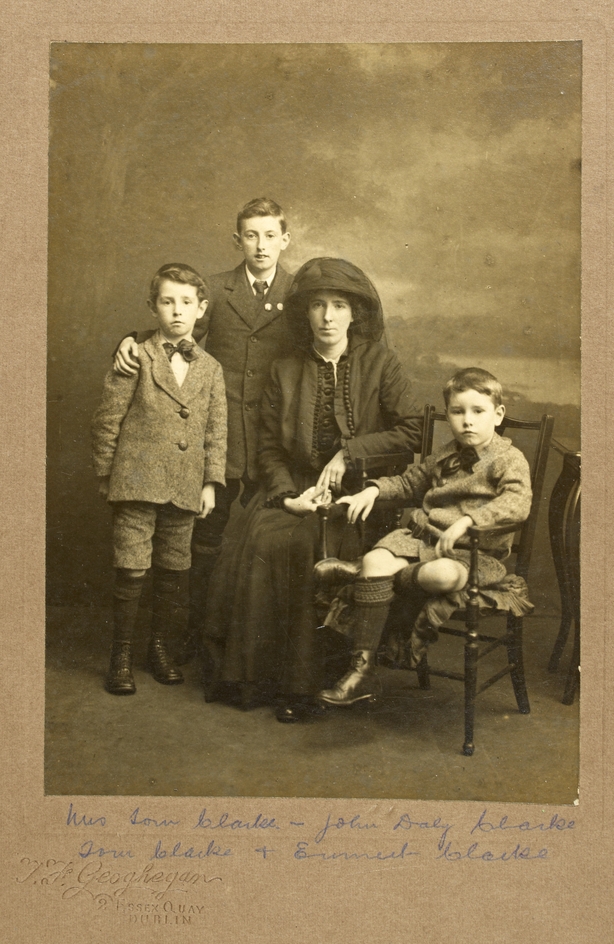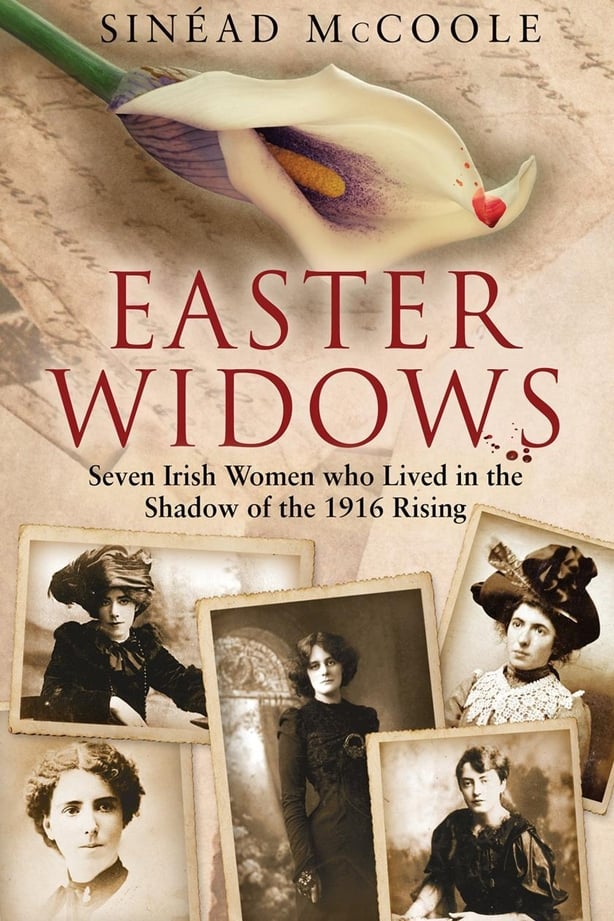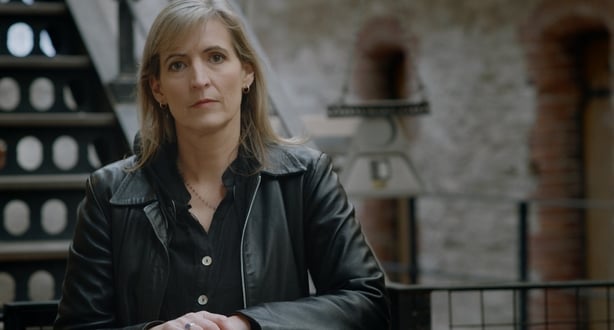Forgotten: The Widows of the Irish Revolution is a new documentary, now available on the RTE player. Lindsey Earner-Byrne explains how it pays tribute to the women left behind after the executions of 1916
Forgotten: The Widows of the Irish Revolution has at its centre the experiences of the widows of the 1916 leaders. Now in 2022, when we are considering the Irish Civil War (1922-1923) and the State forged in its midst, considering what happened 'next’ to the women so symbolically associated with the ideals of the revolution seemed appropriate.
Not just because not all of those ideals were realised, for example, the promise of complete gender equality, but also because those ideals are so often explored through the prism of men. Here we had an opportunity to explore the aftermath of the revolution through the lives of women so directly, personally and politically, impacted by that revolution through the execution of their husbands.

Kathleen Clarke, for example, was pregnant, which she never told her husband, and she subsequently lost that baby. Poignantly, when asked years later about what she did in 1916, she answered, ‘I lost a baby’. In view of the fact that she was a key figure in the fund raising carried out after the Rising, which was to sustain the widows and the nationalist movement, her response reminds us of the essential humanity of the experiences of death and loss during the revolution. Tragically, of course, Muriel MacDonagh drowned only a year after the Rising leaving behind two very small children. What those children lost remains incalculable.
Watch the trailer for Forgotten: The Widows of the Irish Revolution here
The remaining widows lived through the uncertain aftermath of the Rising, followed by the War of Independence and then, most existentially for them, the Civil War. Having lost their husbands in a fight for an Irish Republic, here was that same country tearing itself apart over a compromise that to them represented a betrayal of their husbands’ and their own sacrifice.
They endured constant harassment and often violent and frightening house raids during the War of Independence, only to become enemies of the new Irish State during the Civil War. Three of them were arrested as were some of their children.
Social history
The documentary was able to avail of a really developed body of research and historical scholarship on women’s history and gender and social history that has been growing steadily since the 1980s. So, for example, we had the privilege of drawing upon the pioneering work of Sinead McCoole, in particular, her 2014 book Easter Widows.

Sinead had laid such important groundwork in tracing what happened to the widows that her work and expertise was invaluable. It was important to us to reflect that scholarship as well as the work of other key scholars.
We were also really fortunate to be able to engage with important archives. For example, Cécile Gordon at the Military Archives took us through some of the relevant files in the Military Service Pensions Collection, which, of course, is now searchable online too. Those sources were incredibly detailed enabling us to see not only what these women needed in terms of support, but also to chart what happened to their children in the long-term.
For both myself and the producer, Ciara Hyland, it was really important to do justice to the complexity of the experiences of the 1916 widows, while also considering the degree to which their experiences of widowhood, economic dependency, and dealing with grief and raising children in a post-revolution and active war context, reflected other women’s experiences.

An era of widowhood
Sadly, this was the era of widowhood, from the Great War to the Spanish flu, when hundreds of thousands of widows were created worldwide, and Ireland was no exception. The Director of the National Archives, Orlaith McBride, showed us the poor relief registers of the time, which listed widow after widow seeking basic welfare assistance to survive. It was not until 1935, ten years after Great Britain, that the Irish Free State introduced a statutory widows’ and orphans’ pension.
While the widows of the Irish Revolution were uniquely pertinent to this country’s history, their experience of losing their ‘breadwinner’ was one shared by thousands of other families at the time. For so many, widowhood was synonymous with struggle and poverty.
Living for Ireland was no easy task for the first generation of its widows.
Forgotten: The Widows of the Irish Revolution is available on the RTE Player. This production is supported through the Decade of Centenaries Programme 2012-2023 by the Department of Tourism, Culture, Arts, Gaeltacht, Sport and Media.










































